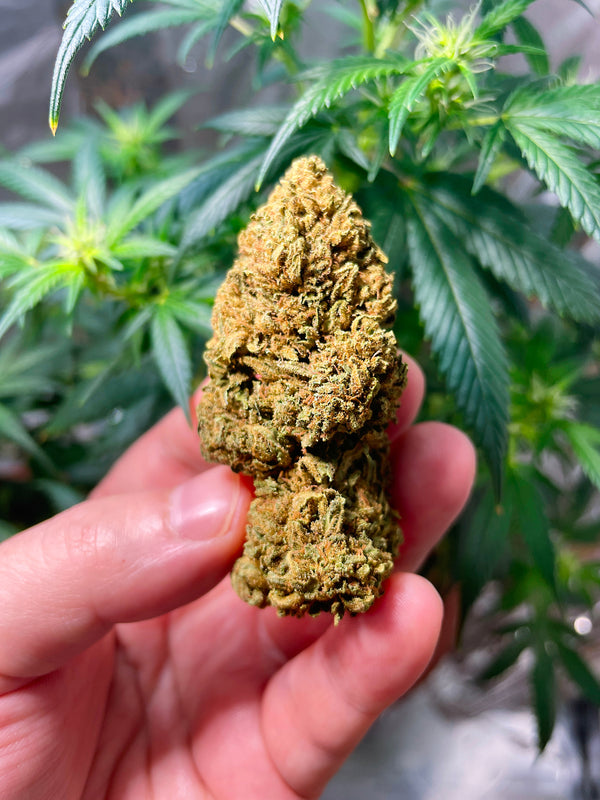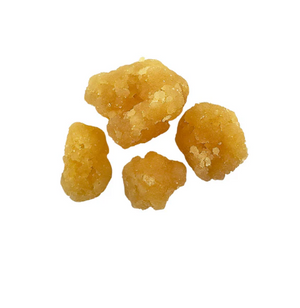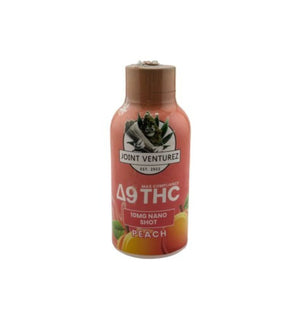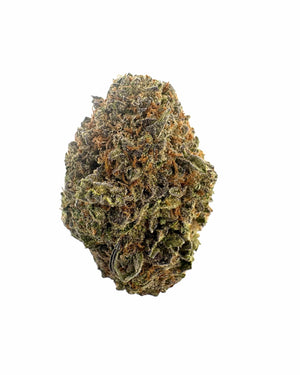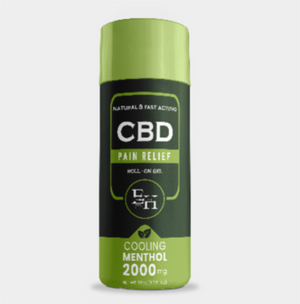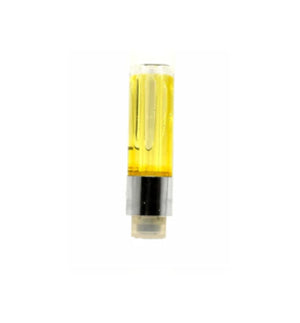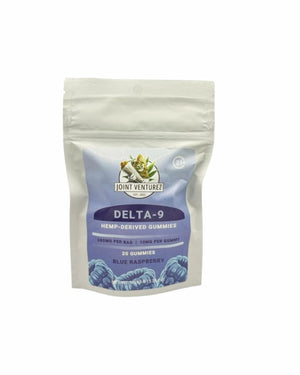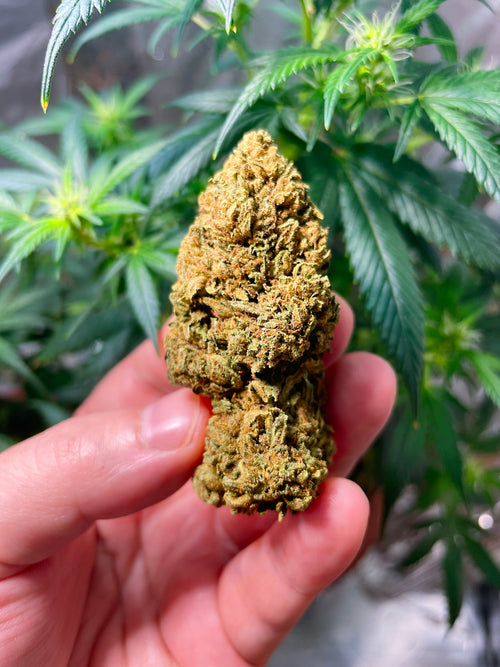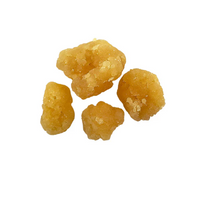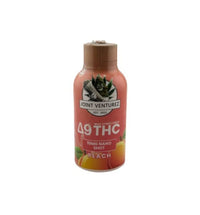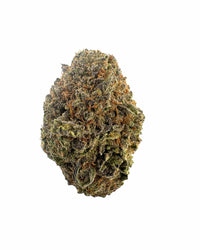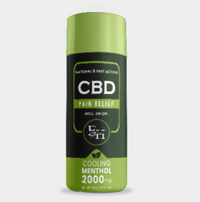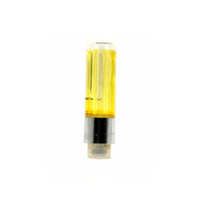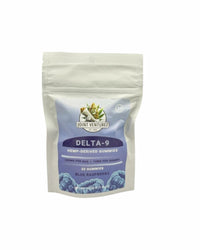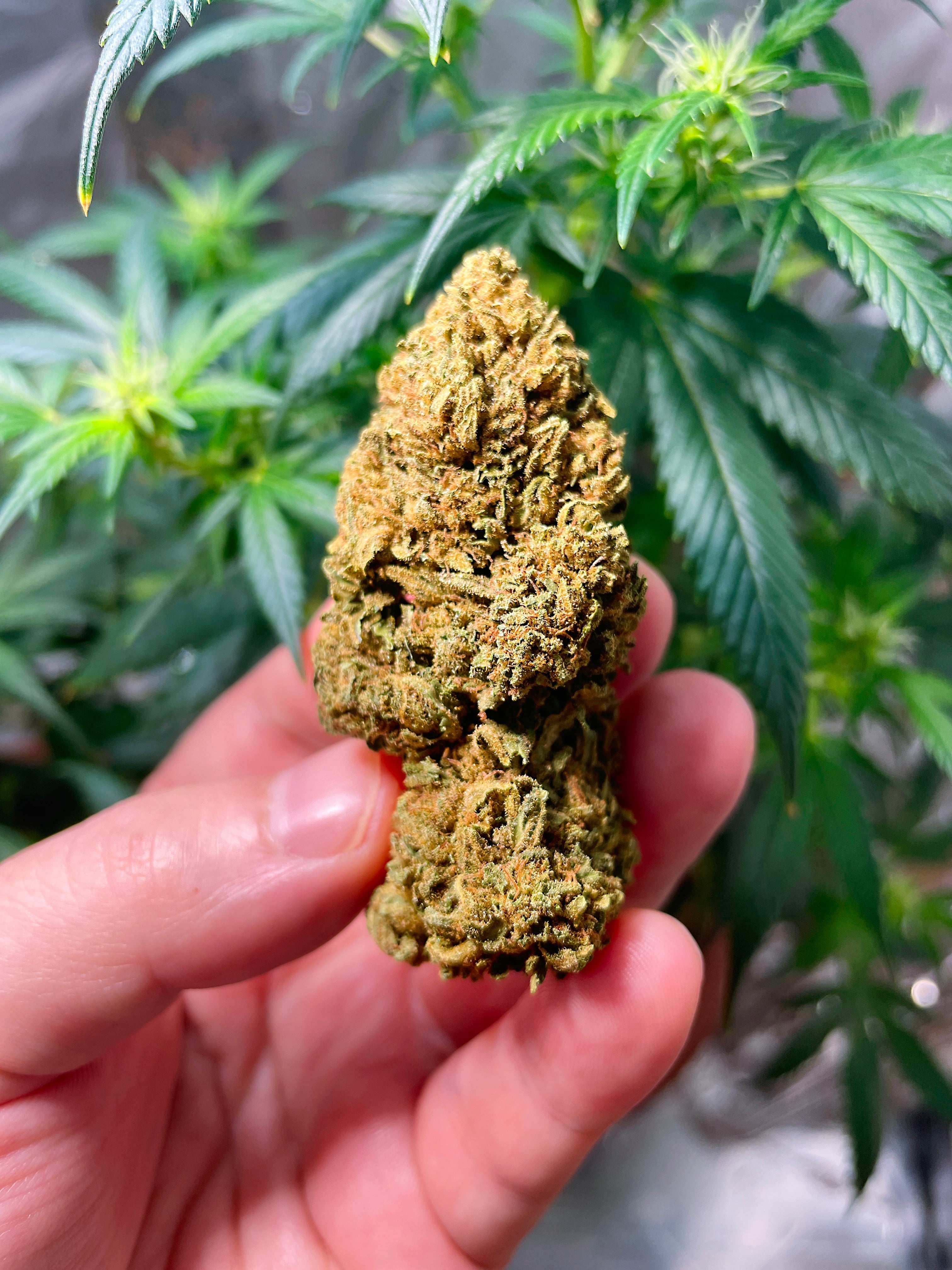If you’re exploring the sweet spot between sungrown character and controlled cultivation, greenhouse-grown THCA flower deserves a close look. This guide explains what THCA is (and isn’t), how greenhouse methods influence aroma and potency, the objective quality markers to check before you buy, and how to store buds for maximum freshness. When you’re ready to shop, browse our curated selection of greenhouse THCA flower—chosen for structure, terpene expression, careful curing, and clean lab results.
What is THCA?
THCA (tetrahydrocannabinolic acid) is the naturally occurring, non-intoxicating acidic precursor to THC that forms in raw cannabis flower. When exposed to heat during smoking, vaping, or baking, THCA decarboxylates—chemically converting to delta-9 THC. In its raw state (unheated), THCA does not produce the classic “high.”
Labs and regulators often calculate a “total THC” value by accounting for potential conversion from THCA to THC. You’ll typically see a formula that multiplies THCA by 0.877 and adds any measured delta-9 THC; this expresses the theoretical maximum THC if all THCA were converted during heating. For buyers, the key takeaway is simple: THCA percentage is an important indicator of potential THC after heat is applied.
Why choose greenhouse cultivation?
Greenhouse cultivation sits between fully indoor and fully outdoor methods, combining natural sunlight with environmental control (ventilation, humidity management, light-deprivation schedules, and targeted climate adjustments). The result can be outstanding terpene development with consistent structure and potency—and a more efficient environmental footprint than energy-intensive indoor grows.
- Sun-assisted terpene expression: Full-spectrum sunlight often promotes rich aromatic profiles, helping strains show their distinctive character.
- Year-round consistency: Light-deprivation (“light-dep”) techniques and climate controls allow multiple harvests and tighter phenotypic expression than field-grown outdoor.
- Balanced sustainability: Compared to purely indoor methods, greenhouses can reduce energy demand while maintaining high quality controls.
- Value: Operational efficiencies can translate into competitive pricing without cutting corners on cure or cleanliness.
At Enriched Hemp Cultivations, our curation prioritizes greenhouse lots that demonstrate clean trichome coverage, intentional cure, and terpene clarity—so you can enjoy the “best of both worlds.”
Quality checklist: how to evaluate THCA buds
1) Verified lab results (COAs)
Always look for a recent Certificate of Analysis (COA) from an accredited lab that lists cannabinoids (including THCA and delta-9 THC), terpenes (if available), moisture/aw, and screens for contaminants (pesticides, heavy metals, residual solvents, microbials). COAs should match the product batch you’re buying. If a COA isn’t easily accessible, consider that a red flag.
2) Structure, trim, and trichomes
Buds should appear well-formed and appropriately dense for the cultivar, with intact, glistening trichomes. Hand-trimmed flowers typically retain more trichome heads along edges. Over-handled or machine-burned edges can signal loss of resin and terpenes.
3) Aroma (terpene integrity)
Open the jar and evaluate the nose: bright, layered, and varietal-true notes (citrus, fuel, floral, spice, herbal, earthy) suggest good terpene preservation. A flat or hay-like smell can mean improper drying or staling. Greenhouse-grown lots with careful dry/cure can rival indoor for terpene vibrancy.
4) Moisture activity & cure
Properly cured flower isn’t too wet (risking mold) or too dry (harshness, terpene loss). If the brand discloses water activity (aw), values around 0.55–0.65 are commonly associated with a smooth experience and terpene stability. Packaging that includes an integrated humidity regulator can further protect the cure post-harvest.
5) Freshness signals
Prefer batches with clear harvest dates, not just “packaged on.” While well-stored flower can remain excellent for months, aroma intensity and “sparkle” tend to be strongest within the first few months after harvest.
Shortlist when shopping our collection:
-
Batch-matched COA posted or linked
-
Descriptive terpene notes (and, ideally, % terpene content)
-
Clean hand trim; no flattened or “burned” edges
-
Harvest date transparency and thoughtful packaging
Greenhouse vs. indoor vs. outdoor
| Attribute | Greenhouse THCA | Indoor THCA | Outdoor THCA |
|---|---|---|---|
| Light source | Sunlight + supplemental/controlled | Full artificial, fully controlled | Full sunlight, seasonal |
| Terpene expression | Often very expressive under sun | Consistent; depends on cultivar & SOPs | Can be bold, but weather-dependent |
| Bud appearance | Natural morphology with good density | Highly manicured “bag appeal” | Most variable; weather stress shows |
| Environmental impact | Lower energy than full indoor | Highest energy demand | Lowest energy; highest climate risk |
| Price/Value | Strong value at premium quality | Often highest price point | Usually most affordable |
If you love vibrant aroma and authentic cultivar character, greenhouse can be the ideal middle ground—especially when you want a balance of flavor, potency, value, and environmental responsibility.
How to use & legal context
THCA flower is typically used the same ways as other hemp/cannabis buds—ground and heated (smoked or vaped), or decarboxylated and infused at controlled temperatures if used in homemade preparations. Remember that heating converts THCA into delta-9 THC. Always follow local and state regulations and consume responsibly.
In the U.S., hemp regulations and testing protocols commonly rely on a “total THC” calculation that includes potential conversion from THCA. Retailers should provide clear, batch-specific COAs and comply with applicable laws in the jurisdictions where they operate and ship. As a consumer, confirm that products list compliant cannabinoid values and come from trusted, transparent producers.
Storage tips to protect potency & terpene freshness
- Airtight glass: Use a mason jar or UV-protective jar with a tight seal. Avoid plastic long-term.
- Cool, dark, dry: Store around 60–70°F, out of direct light; avoid bathrooms and kitchens (humidity & heat).
- Humidity control: Consider 58–62% RH packs to preserve cure and reduce harshness.
- Minimal air exchange: Don’t “burp” finished flower frequently—each open invites oxygen and terpene loss.
- Avoid crushing: Keep nugs intact until use; grind only what you need.
FAQs
Is greenhouse THCA the same as indoor THCA?
Does THCA get you high?
What makes a “top-tier” greenhouse lot?
Ready to explore curated greenhouse picks?
We evaluate flower for clean lab work, terpene clarity, and thoughtful post-harvest handling. Start with our latest greenhouse selections:

